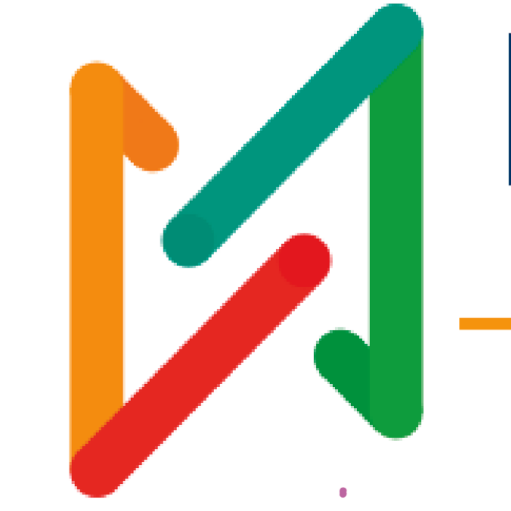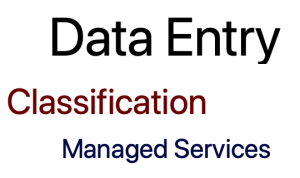In educational institutes, a Service Desk Management System (SDMS) can be a valuable tool for managing various service requests and support needs. It helps streamline communication, enhance operational efficiency, and improve the overall experience of students, faculty, staff, and other stakeholders. Here’s how a Service Desk Management System can be utilized in educational institutes:
- IT Support:
- Technical Assistance: The SDMS serves as a centralized platform for students, faculty, and staff to submit IT-related support requests, such as software issues, hardware problems, network connectivity, or account access.
- Equipment Loans and Repairs: The system can handle requests for equipment loans, such as laptops or projectors, as well as manage the repair or replacement of faulty devices.
- Facility and Campus Services:
- Maintenance and Repairs: The SDMS enables users to report facility maintenance issues, such as broken fixtures, faulty equipment, or environmental concerns, which can be tracked and assigned to appropriate staff for resolution.
- Room Reservations: The system facilitates room reservation requests for classrooms, meeting spaces, or event venues, allowing users to check availability, submit requests, and receive confirmation.
- Administrative Support:
- Enrollment and Registration Assistance: The SDMS provides a platform for students to seek support regarding enrollment processes, registration errors, course selection, or academic policies.
- Document Requests: The system allows users to submit requests for official documents, such as transcripts, certificates, or letters of enrollment.
- Help and Information Queries:
- General Information: The SDMS acts as a central repository for providing information on academic programs, campus facilities, administrative procedures, and other inquiries from students, parents, or the general public.
- FAQ and Self-Service: The system can include a knowledge base or self-service portal with frequently asked questions, instructional guides, and troubleshooting resources to empower users to find answers independently.
- Communication and Notifications:
- Announcements and Alerts: The SDMS facilitates the dissemination of important announcements, campus-wide notifications, schedule changes, or emergency alerts to the institute community.
- Status Updates: Users can receive automated notifications regarding the progress and resolution of their service requests or support inquiries, keeping them informed throughout the process.
- Reporting and Analytics:
- Performance Metrics: The SDMS generates reports and analytics on service desk performance, including ticket volumes, response times, resolution rates, and customer satisfaction, enabling institutes to monitor service quality and identify areas for improvement.
- Trend Analysis: By analyzing historical data, the system can help identify recurring issues, common support needs, or areas where additional resources or training may be required.
Implementing a Service Desk Management System in educational institutes improves service delivery, enables efficient tracking and resolution of support requests, enhances communication between stakeholders, and allows institutes to gain insights into their service desk operations. It helps ensure a seamless support experience, boosts productivity, and contributes to overall stakeholder satisfaction.

